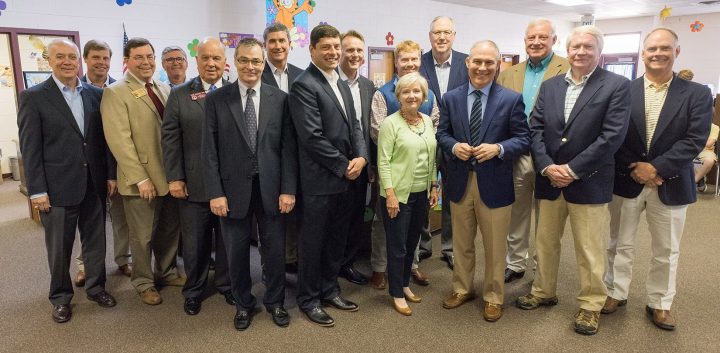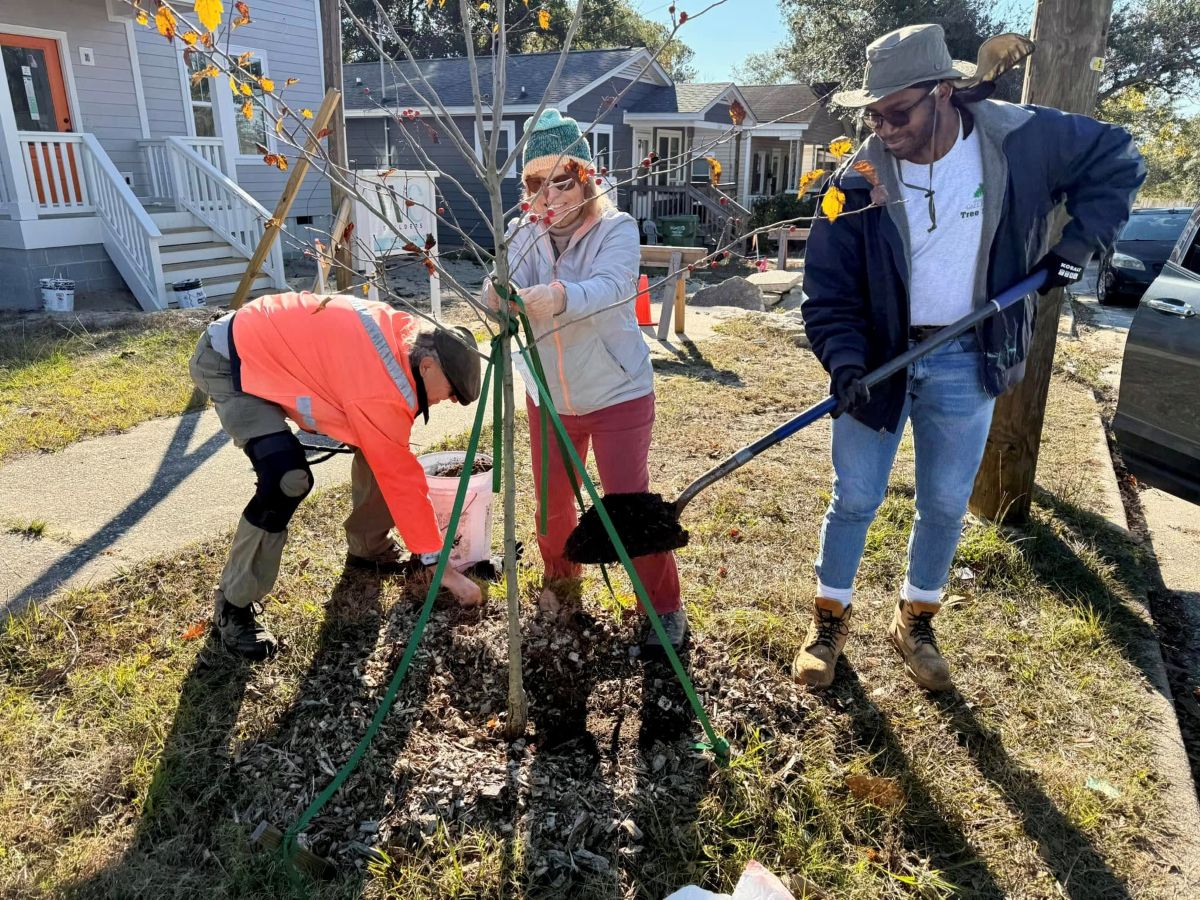
COCHRAN, GA. — Environmental Protection Agency Administrator Scott Pruitt announced Monday that future regulatory actions on biomass from managed forests will be treated as carbon neutral when burned for energy production, a move that researchers warn could lead to deforestation in the U.S. and elsewhere and exacerbate climate change and environmental justice issues.
The announcement came during a meeting Pruitt had with members of the forest and forest product industry. Pruitt framed the policy statement as a clarification.
Supporter Spotlight
“Today’s announcement grants America’s foresters much-needed certainty and clarity with respect to the carbon neutrality of forest biomass,” said Pruitt. “Managed forests improve air and water quality, while creating valuable jobs and thousands of products that improve our daily lives. This is environmental stewardship in action.”
The EPA said it will also be assessing options for incorporating non-forest biomass as carbon neutral into future actions.
Burning wood in power plants will significantly undermine efforts to reduce greenhouse emissions, such as carbon dioxide, or CO2 over the next 10-50 years, even under industry best-case scenarios where only forestry wastes are burned as fuel, according to a study published earlier this year in Environmental Research Letters.
“To avoid dangerous climate warming requires us to reduce power sector CO2 emissions immediately,” said Mary Booth, author of the study. “However, this analysis shows that power plants burning residues-derived chips and wood pellets are a net source of carbon pollution in the coming decades just when it is most urgent to reduce emissions.”

Others worry about the habitat loss and other effects the biomass industry will have here in the Southeast.
Supporter Spotlight
The Asheville-based group Dogwood Alliance recently announced a study that shows that wood pellet production facilities release fine particulates, nitrogen oxides, carbon monoxide and volatile organic compounds in the air while operating, which can place a substantial burden on nearby communities already struggling with other polluting industries in the area.
The study examined the relationship between locations of wood pellet production facilities and the economic and racial diversity of areas where they are located. The authors found that wood pellet production facilities in the southeastern United States are 50 percent more likely to be built in communities where the poverty level is above the state medium and at least a quarter of the population is nonwhite.







